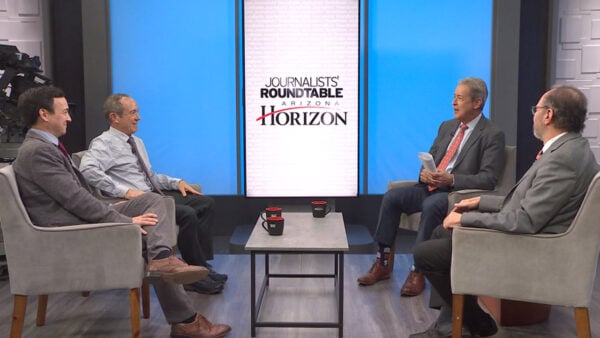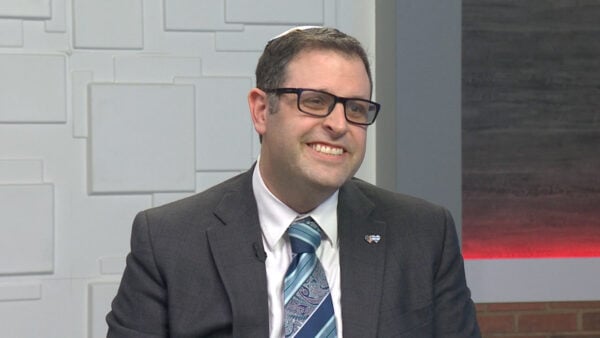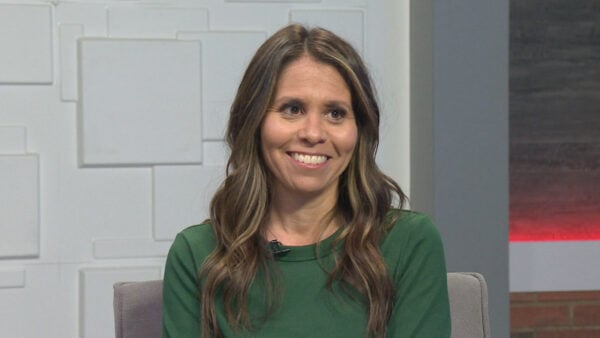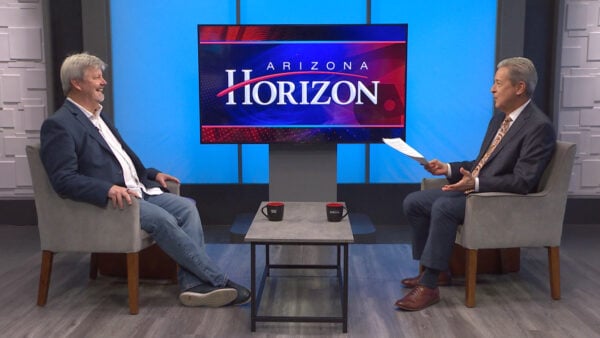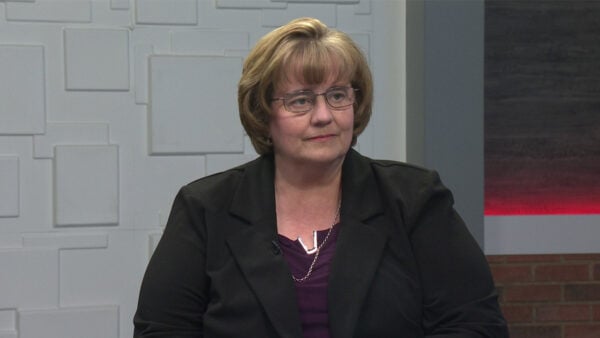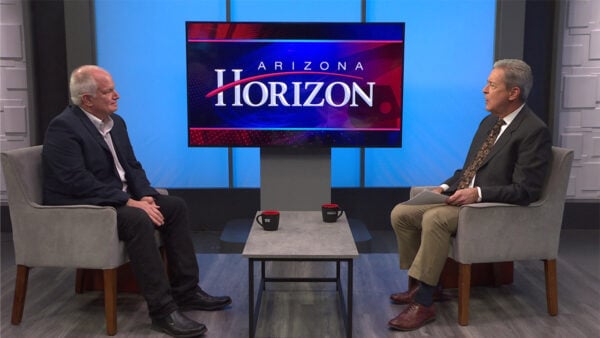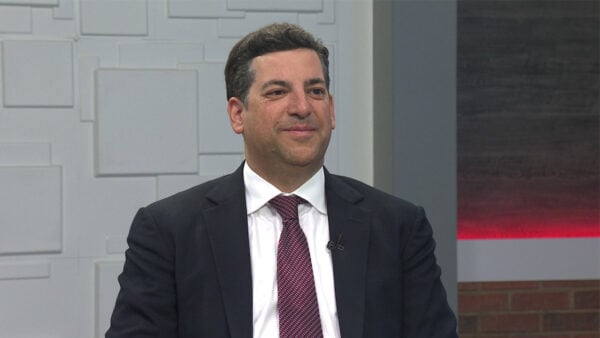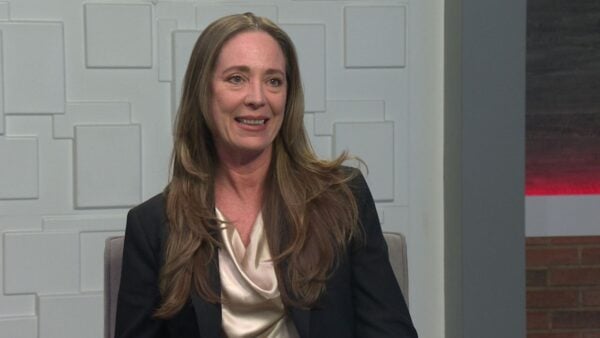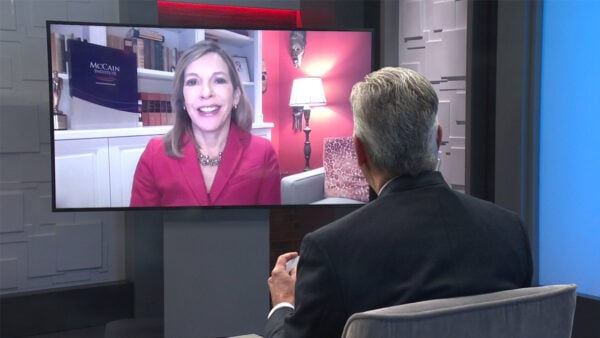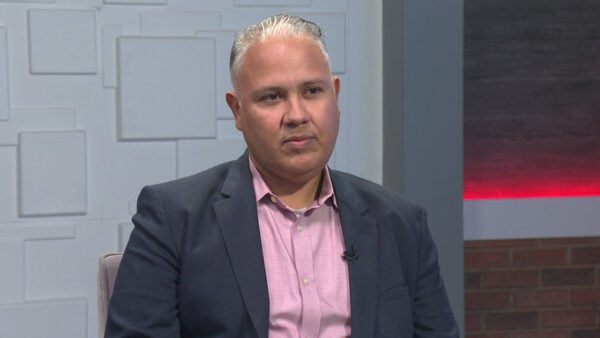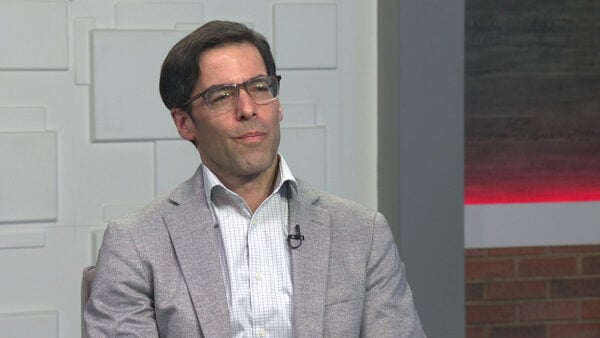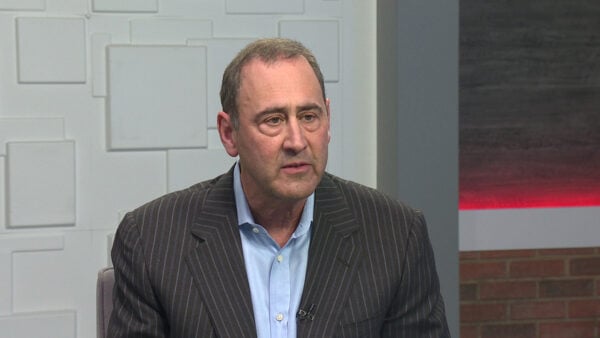Data Centers, which store digital information, have seen a steady growth in Arizona. Several factors have led to that, including a lack of natural disasters. We’ll take a look at OneNeck IT services, a Tempe-based Data Center.
Ted Simons: Finally our focus on Arizona technology and innovation, we visit a local data center. Arizona's data center industry is getting a financial boost thanks to new tax breaks that allow certain companies to avoid paying taxes on infrastructure, equipment, and utilities for up to 10 years. The incentives are designed to attract more data centers to the state. Producer Christina Estes and photographer Scot Olson take us behind the scenes of this growing industry.
Chuck Vermillion: You're going to just see rows and rows and rows of pretty much the same thing.
Christina Estes: To most of us, they just looks like big boxes. But to Chuck, they're his babies.
Chuck Vermillion: This is what they call EMCVNX. And right next to that is IBM XiV.
Christina Estes: These computer servers, network equipment, and information technology are processing orders, tracking victim shipments, and storing data for a variety of businesses across the country.
Chuck Vermillion: An interesting statistic, if there's a disaster in a company with regards to their data center or in some cases just a catastrophic disaster of their hardware, companies that don't have that data restored and operational within a week, the statistic is 90% of those businesses will go out much business if they cannot restore it in a week.
Christina Estes: The equipment inside this facility supports companies like fender guitars and Russell Stover candies.
Chuck Vermillion: Fire in this facility, that's my biggest fear.
Christina Estes: That's why they have several ways to detect smoke or heat as quickly as possible.
Chuck Vermillion: This gas will be released only in the area where it detects it. This gas will come up from the ground, from underneath the tiles as well as from the top, and it essentially somewhat sucks the air out of the room that then gives the fire needs air to burn, so it takes the air out.
Christina Estes: These flashing lights mean data is being transferred to keep them blinking, even during a power outage, they rely on massive batteries but even with the latest super computers, they still go a little low tech. Every day they back up changes to customers' data on tape.
Chuck Vermillion: Put the tapes inside, lock it.
Christina Estes: Canisters stored offsite and only they have the keys.
Chuck Vermillion: The amount of computing power that companies need is just expanding exponentially. And so the need for data centers is growing.
Christina Estes: Arizona is considered attractive because we don't have hurricanes, tornadoes, or big earthquakes that could destroy computers and buildings.
Chuck Vermillion: A data center is an incredibly expensive proposition. Somewhere upwards of $850 per square foot to build, plus the cost to taken main is huge as well.
Christina Estes: The electrical bills can be sky high. The temperature needs to be around 77 degrees, with humidity near 70%.
Chuck Vermillion: If you don't have enough humidity, then you have static electricity that builds up, and that tends to ruin equipment and wipe away data.
Christina Estes: They think the tax breaks are substantial and should help our economy.
Chuck Vermillion: Arizona used to be considered a call center capital of the world. So we had more call centers here than almost anybody. But those are relatively low paying jobs in general. Whereas the kinds of folks that it takes to build and manage and maintain not only the data center, but the systems that are in the data center, those are pretty highly skilled individuals, high priced guys with great average salaries.
Ted Simons: The valley is home to over data centers and is considered a top market for the industry. And it is a growing industry. It's expected that 80% of all companies will use data centers in some capacity within the next decade.





